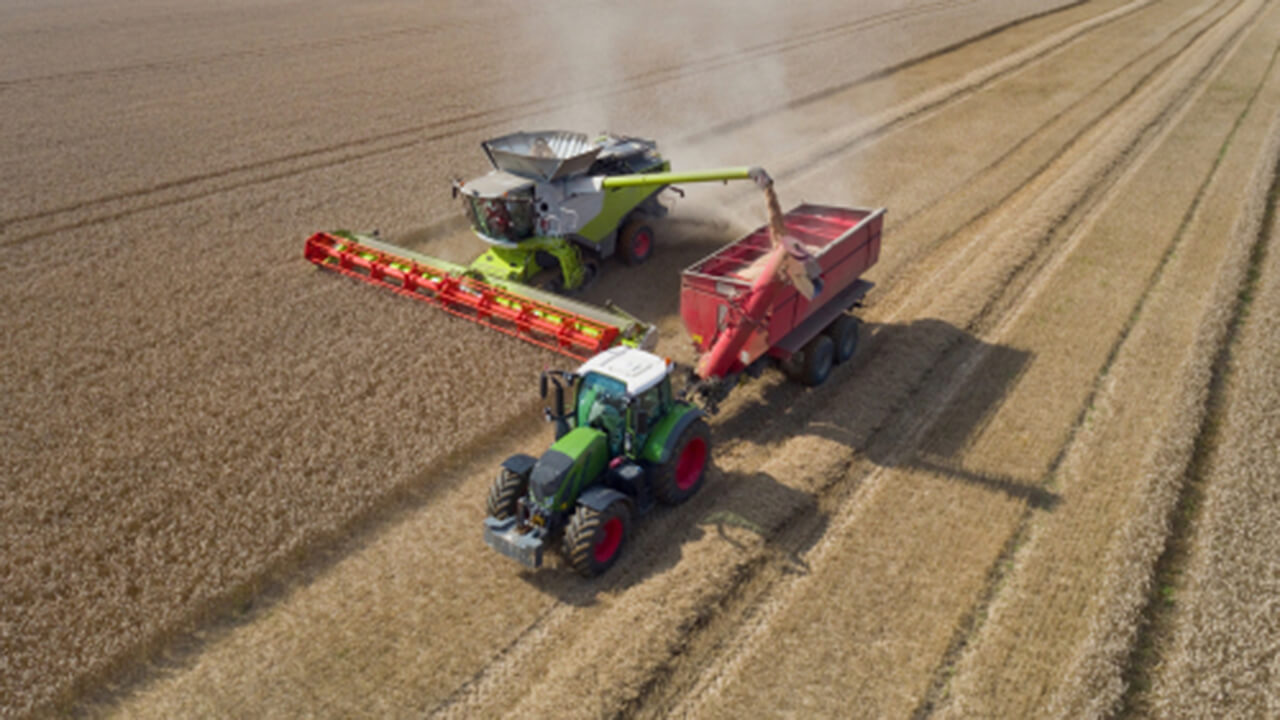The headline private client tax announcement in the recent Autumn Statement was the much rumoured reduction in the threshold at which individuals pay the additional rate of Income Tax.
Since its introduction in 2009, the threshold at which the additional rate of tax applies to income has been fixed at £150,000. However, from 6 April 2023 this threshold will reduce to £125,140, and taxable income over this sum will be subject to the additional tax of 45% (or 39.35% if it is dividend income).
For an individual with income over £150,000 this change will represent an increased tax bill of up to £1,243 each year.
The new threshold has been set at £125,140 as this is the income level at which an individual loses their entitlement to any personal allowance.
The personal allowance - the amount of taxable income receivable before having to pay tax - is currently set at £12,570 and will remain so until at least 5 April 2028. Anyone with taxable income over £100,000 will see their personal allowance reduced by £1 for every £2 of taxable income over £100,000. This means that income within the £100,000 to £125,140 bracket suffers tax at an effective rate of 60%.
With such high rates of tax, the prospect of obtaining tax relief of up to 60% on personal pension contributions is an attractive proposition.
Pension contributions attract income tax relief at the taxpayer’s marginal rate. This enables individuals with income between £100,000 and £125,140 to obtain up to 60% income tax relief on their pension contributions, effectively reducing the net cost after tax relief of a £10,000 pension contribution to as little as £4,000.
Those with income between £125,140 and £150,000 will obtain up to 45% tax relief on pension contributions from 6 April 2023 rather than 40% at present.
It is important to bear in mind that there are restrictions on the amount of pension contributions that qualify for tax relief each year. Everyone can contribute up to £3,600 a year, but those with net relevant earnings (broadly employment income or self-employment income) can make contributions up the lower of their net relevant earnings for the year or their pension annual allowance.
The pension annual allowance is currently £40,000, although this is tapered down for higher earners – broadly those with taxable income over £240,000 - to a minimum pension annual allowance of £4,000 for those with taxable income in excess of £312,000.
Any unused pension annual allowance for a tax year can be carried forward for up to three tax years, and this can be advantageous in an industry such as farming where profits, and hence taxable income, varies from year to year as it enables individuals to take advantage of the relief in bumper years.
If you would like to consider how much you can contribute to your pension and the tax savings that can be achieved please contact me or your regular contact at Rickard Luckin. And if you would like advice in connection with your pension savings we would be pleased to refer you on to our colleagues at Rickard Luckin Financial Services .
This article is from the latest edition of our Agricultural Briefing. To receive future copies of any of our newsletters directly to your inbox, please visit our preference centre to register your interest.
If you have any questions about the above, or would like more information specific to your circumstances, please enter your email address below and we will get in touch:
















